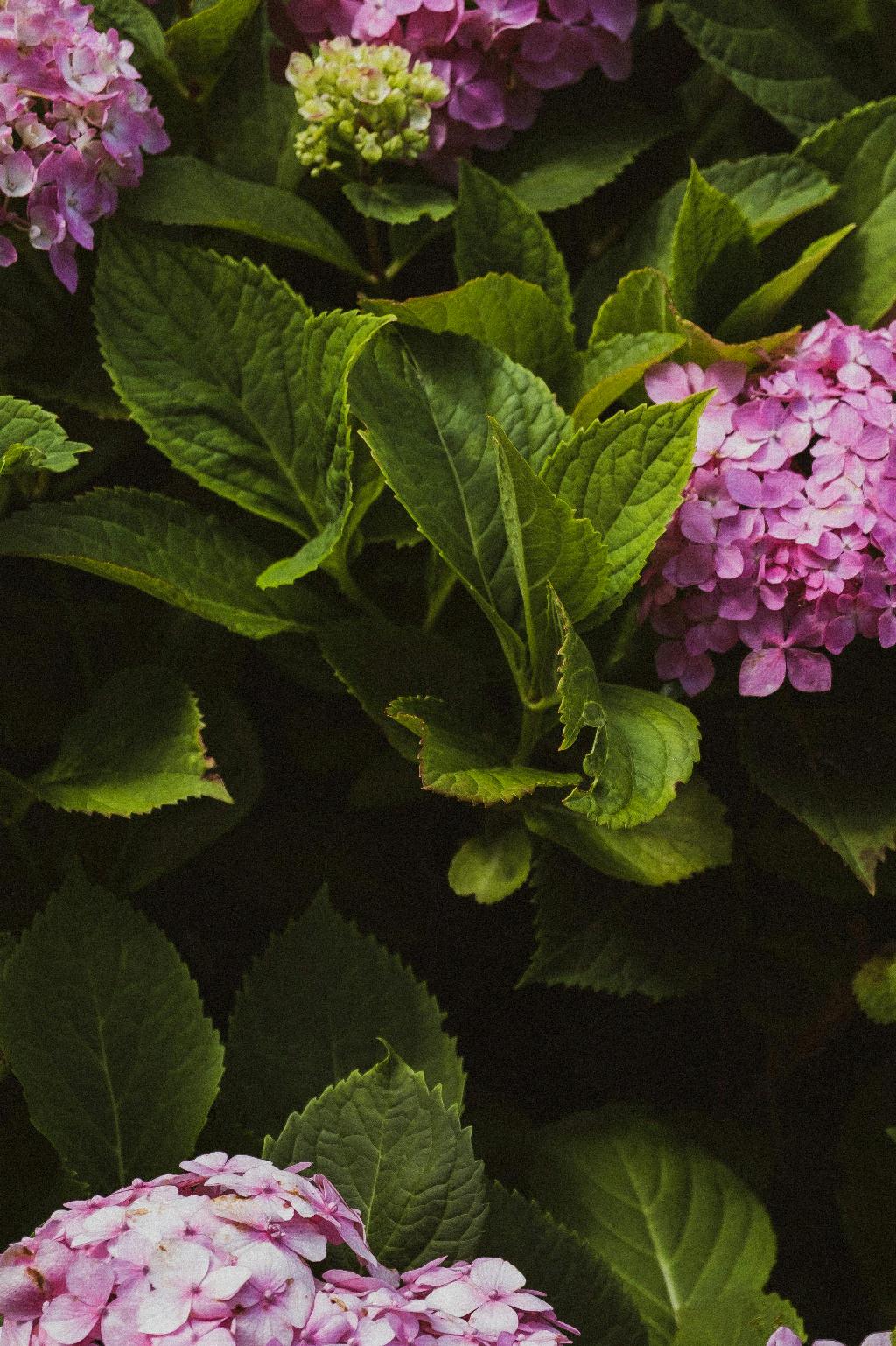When it comes to maintaining the beauty and vitality of your hydrangea plants, deadheading plays a crucial role. By removing spent blooms, you not only enhance the overall aesthetics of the plant but also promote healthy growth and continuous flowering. If you have an Endless Summer hydrangea variety, deadheading becomes even more important as it allows for beautiful reblooming, ensuring a vibrant display of colors throughout the summer and fall.
Identifying Spent Blooms
The first step in effectively deadheading a hydrangea is to identify the blooms that have faded or withered. Look for flowers that have started to turn brown or papery, indicating that they are past their prime. By regularly inspecting your hydrangea plant, you can stay on top of deadheading and ensure a continuous cycle of blooming.
Tools You’ll Need
Before you begin deadheading your hydrangea, make sure you have the right tools at hand. A pair of sharp and clean pruning shears or scissors are essential for this task. It’s important to use sharp tools to make clean cuts, minimizing damage to the plant and reducing the risk of disease.
Best Time for Deadheading
Deadheading hydrangeas should ideally be done in the late summer or early fall. During this time, the plant has finished its current flowering cycle, and removing spent blooms will encourage new growth and blooms in the following season. Avoid deadheading too late in the fall, as it may interfere with the plant’s ability to prepare for winter dormancy.
Deadheading Techniques
When deadheading a hydrangea, locate the faded blooms below the cluster of petals and cut the stem just above the first set of healthy leaves. Make sure to angle the cut at a 45-degree angle to promote proper water runoff and prevent water accumulation that can lead to rot.
Pruning vs. Deadheading
It’s important to note the difference between deadheading and pruning a hydrangea. Deadheading involves selectively removing faded flowers, while pruning focuses on shaping the overall plant structure and controlling its size. Deadheading is a more targeted and precise task, aimed at promoting continuous blooming.
Benefits of Deadheading
By deadheading your hydrangea regularly, you not only maintain a neat and tidy appearance but also stimulate the plant to produce more flowers. This process redirects the plant’s energy from seed production to new growth, resulting in a more abundant and colorful display of blooms.
Common Mistakes to Avoid
One common mistake to avoid when deadheading hydrangeas is cutting too far down the stem, which can potentially remove next season’s flower buds. It’s crucial to be attentive and precise when deadheading to ensure optimal results without compromising future blooms.
Aftercare Tips
After deadheading your hydrangea, water the plant thoroughly to help it recover from the stress of cutting. Applying a balanced fertilizer can also support new growth and flower production. Monitor the plant for any signs of stress or disease following deadheading, and take appropriate measures to address any issues.

Conclusion
In conclusion, deadheading hydrangeas is a simple yet effective way to promote continuous blooming and maintain the health of your plants. By following the proper techniques and timing for deadheading, you can enjoy a lush and colorful display of hydrangea blooms throughout the growing season. Remember to stay attentive, use sharp tools, and provide aftercare to ensure the best results for your hydrangea plants.
